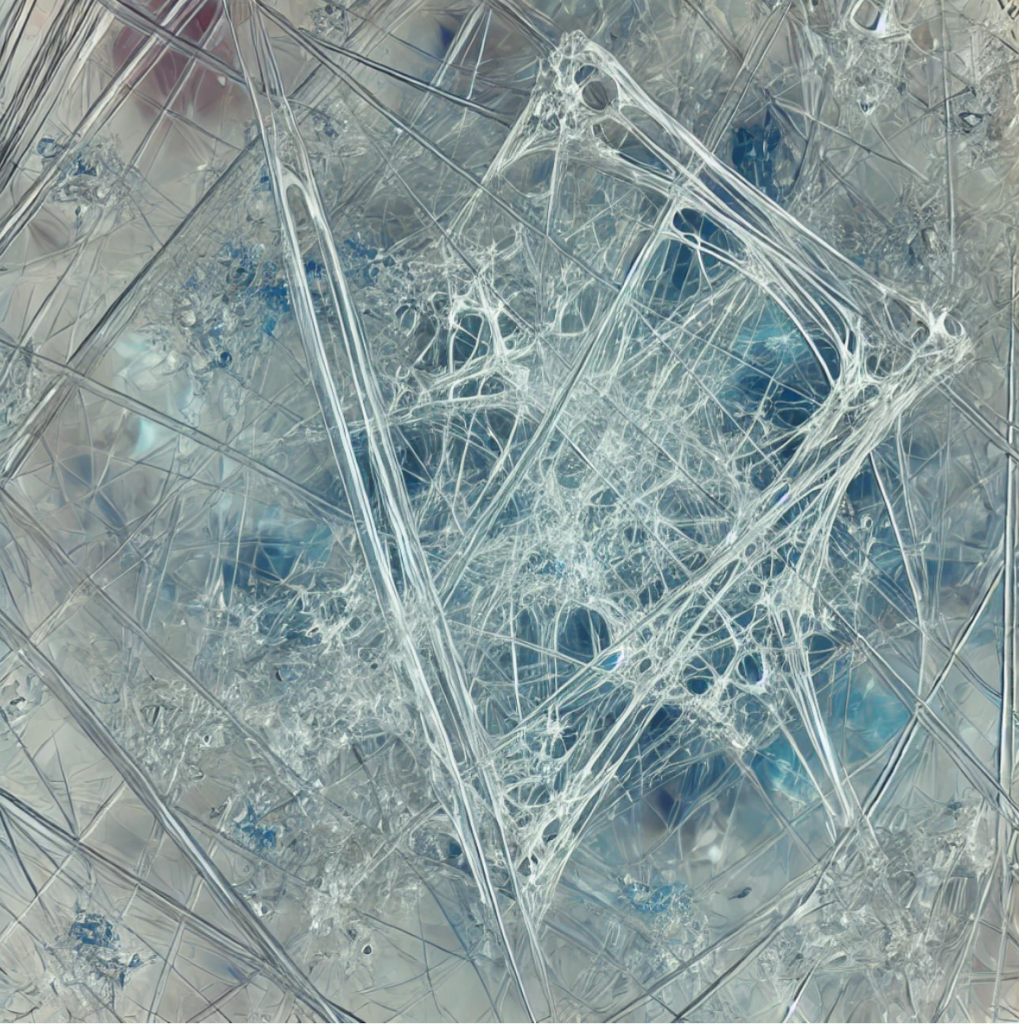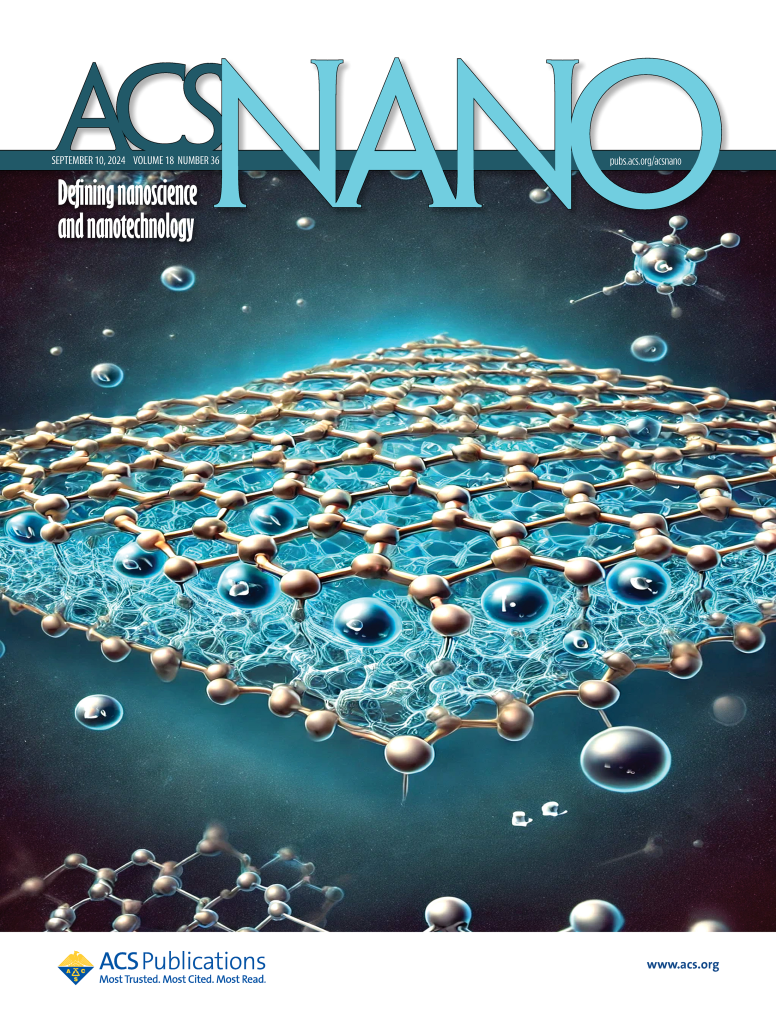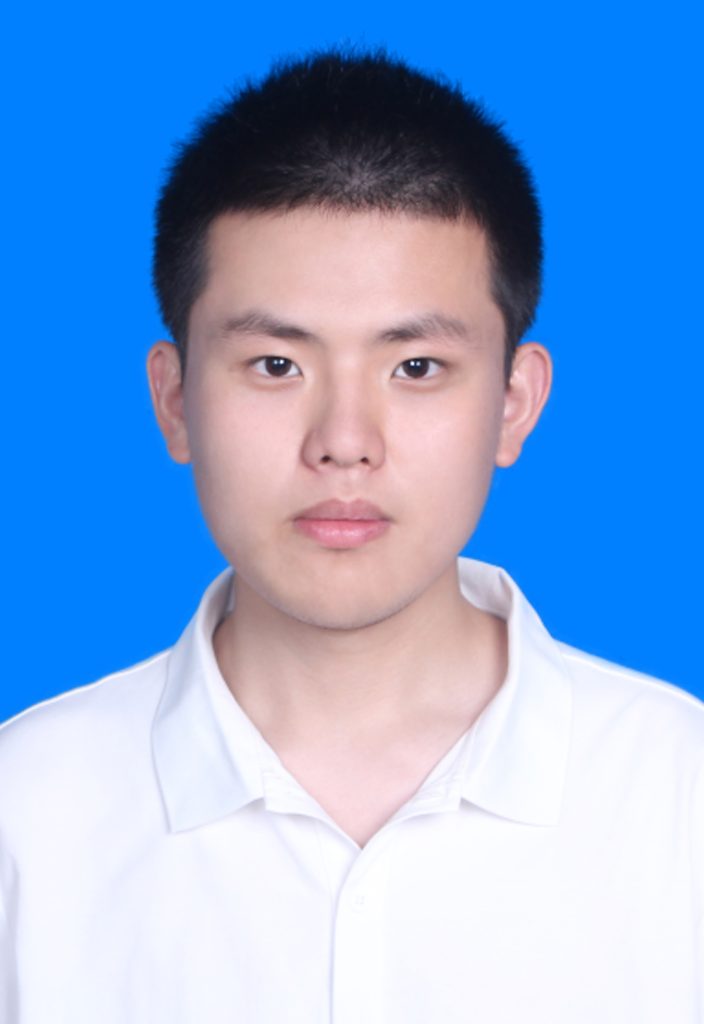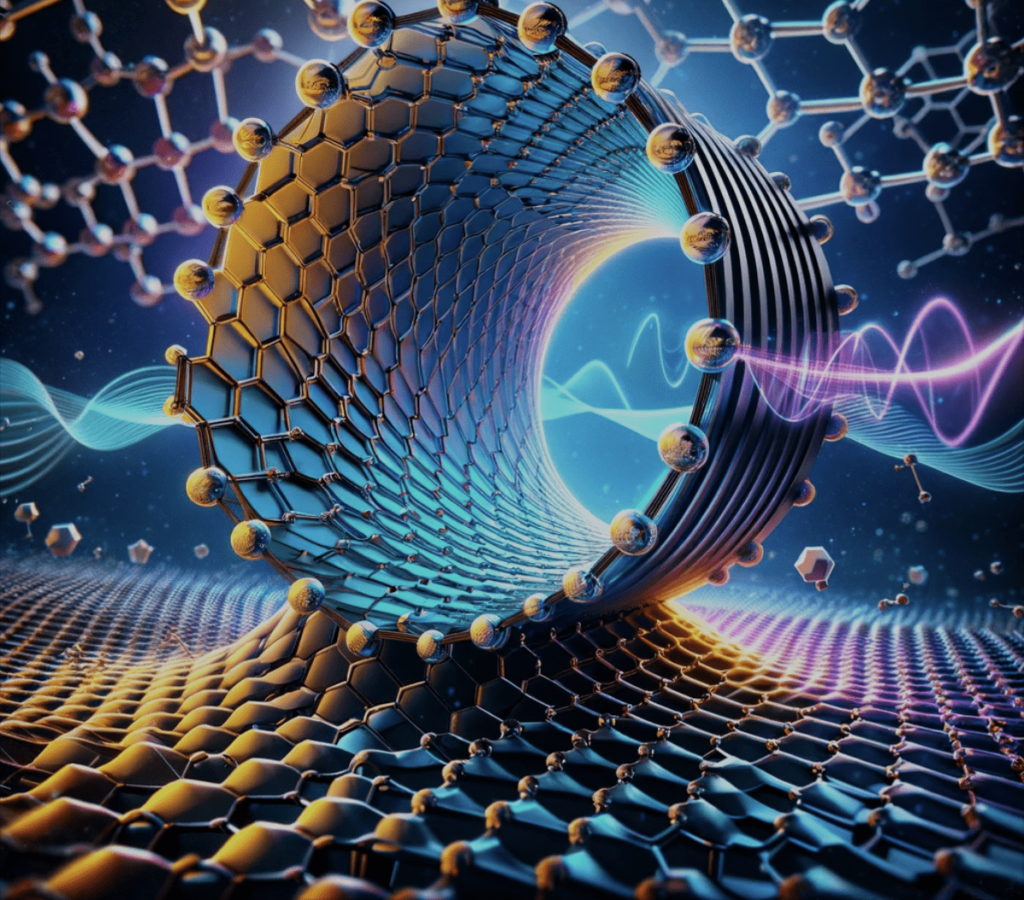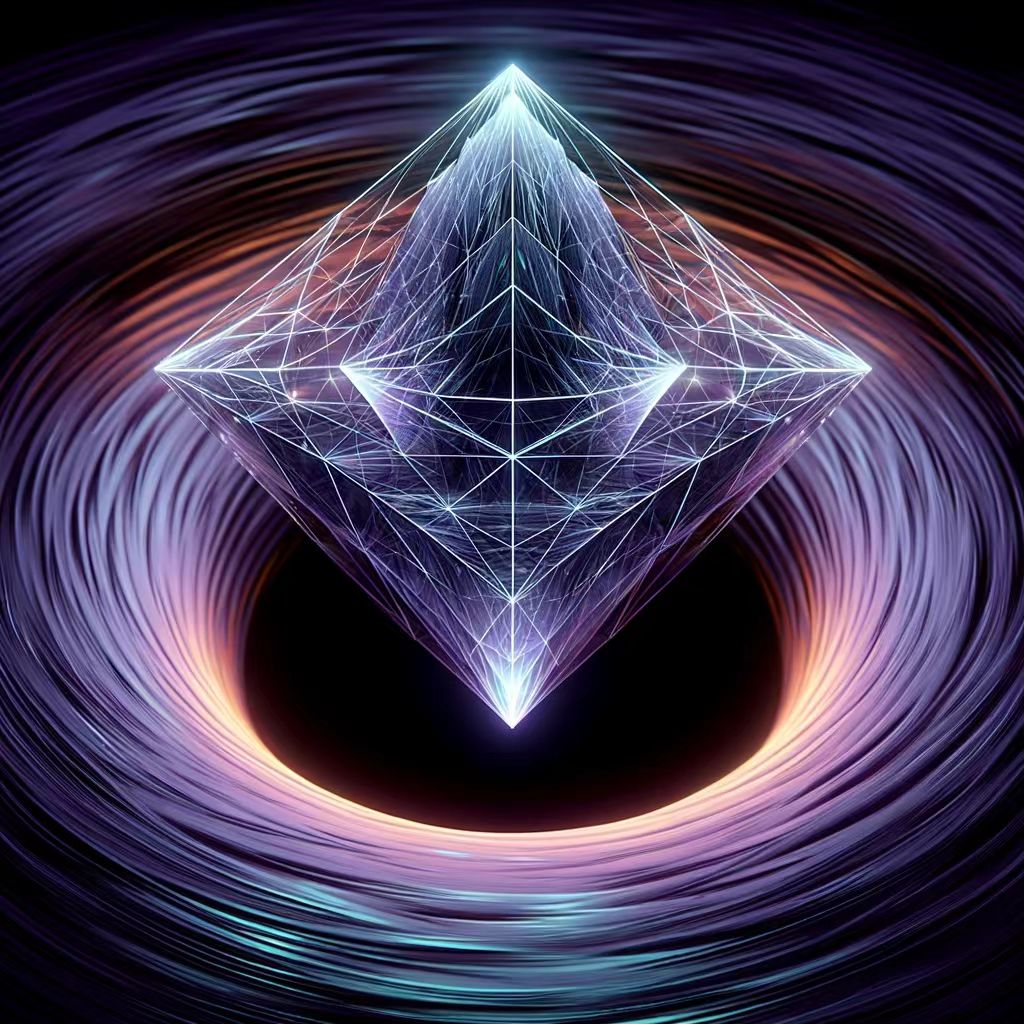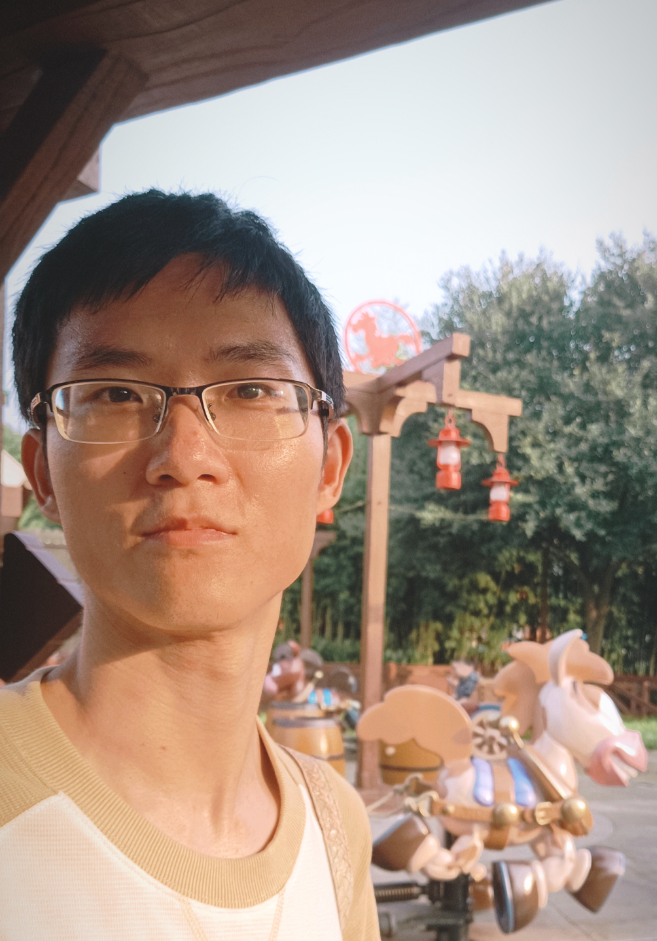First experimental observation of topological defects in glasses
The amorphous (disordered) state of matter represents the largest quote of visible matter in the universe and includes all biological systems such as the cells which form the human body, or essential materials for mankind such as glass and polymers. The relevance of structurally disordered systems has further implications for artificial intelligence, the nervous system of living beings and even the large-scale structure of the cosmos. In all these disordered systems, it is impossible to identify any kind of periodicity or regular pattern. In the opposite case of a crystal, where atoms occupy regular, and well-defined, positions in space, the mathematical description is much facilitated not only thanks to the crystallographic order but also thanks to easily identifiable “defects” which practically control the physical properties of the crystal, such as its plastic yielding and melting, or the way an electric current propagates through it. Of particular importance are the topological defects, mathematically described as points of singularity within an ordered pattern, and around which the integral of a certain quantity changes its value after a full loop around the defect. Well known examples of topological defects are vortices and anti-vortices in superfluids, and dislocations in crystals, which control the mechanical properties thereof.
In strongly disordered systems such as glasses, instead, in spite of many speculations about the existence of topological defects dating back at least to the 1970s, a direct observation in a real system has been lacking so far. A first breakthrough came in 2021, when mathematically well-defined topological defects were defined and observed for the first time in computer simulations of glassy materials [Phys. Rev. Lett.127, 01550, 2021]. In 2023, an independent study [Nature Communications volume 14, Article number: 2955 (2023)] confirmed the validity of this idea and generalized it to the topology of vibrational modes, revealing a strong correlation with plasticity in simulated glasses.

Figure 1: A snapshot of the experimental 2D colloidal system used in Nature Communications volume 16, Article number: 55 (2025). The overlapped inset shows the structures of one vibrational mode with the topological defects indicated with red and blue disks accordingly to their positive/negative topological charge.
Now, thanks to particular methods of numerical analysis applied to the treatment of experimental data from confocal microscopy, it has been possible to clearly identify the topological defects in a colloidal glass experimentally realized by randomly assembling colloidal particles that interact via a magnetic field (see Figure 1). The material presents the same random structure and properties as any other glass. The experimental data were produced at the Max Planck Institute in Goettingen (Germany) in the lab of Prof. Peter Keim, and the theoretical analysis was performed by Prof. Matteo Baggioli (SJTU) in collaboration with Prof. Alessio Zaccone team (University of Milano).
The experimental demonstration of the existence of topological defects in disordered systems is a turning point in condensed matter physics because it paves the way to the possibility of rationally controlling and manipulating the physical properties of all the above-mentioned materials and systems, something which was not possible so far.
This study was published in Nature Communications volume 16, Article number: 55 (2025).
Professor Matteo Baggioli (Wilczek Quantum Center, School of Physics and Astronomy, Shanghai Jiao Tong University) is one of the corresponding authors.

